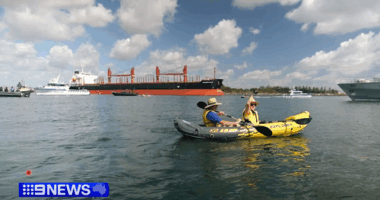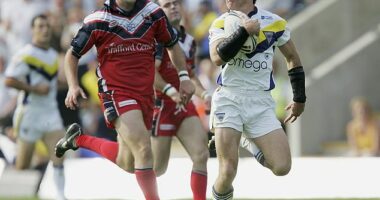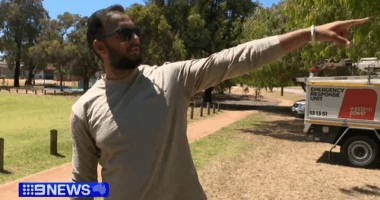Share this @internewscast.com
During that period, Perkins held the position of Commissioner at the Aboriginal and Torres Strait Islander Commission (ATSIC), where I was employed. However, the connection between my family and the Perkins family dates back to the late 1970s.
Perkins was a courageous advocate and a prominent figure in the fight for Aboriginal rights. His relentless efforts against racial inequality earned him the moniker of Australia’s Nelson Mandela, drawing parallels to Mandela’s struggle for civil rights.
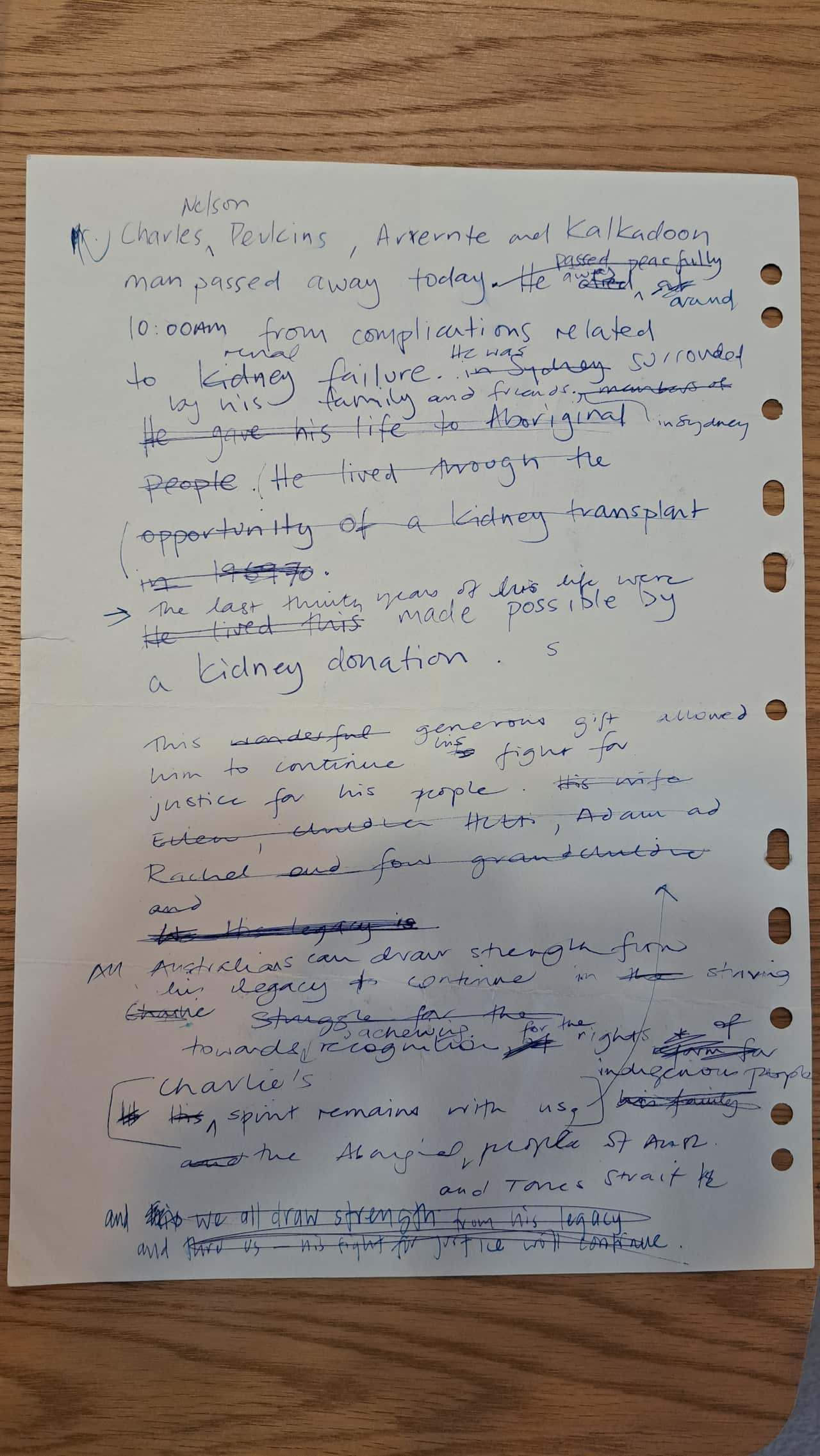
The announcement of Perkins’ passing was made via a handwritten note prepared by his family. Credit: John Paul Janke
Born in 1936 at the Alice Springs Telegraph Station Aboriginal Reserve in the Northern Territory, Perkins emerged as a pioneering leader in the movement for Aboriginal rights. He is perhaps best remembered for orchestrating the freedom rides in the 1960s, a pivotal moment in the fight against racial segregation.
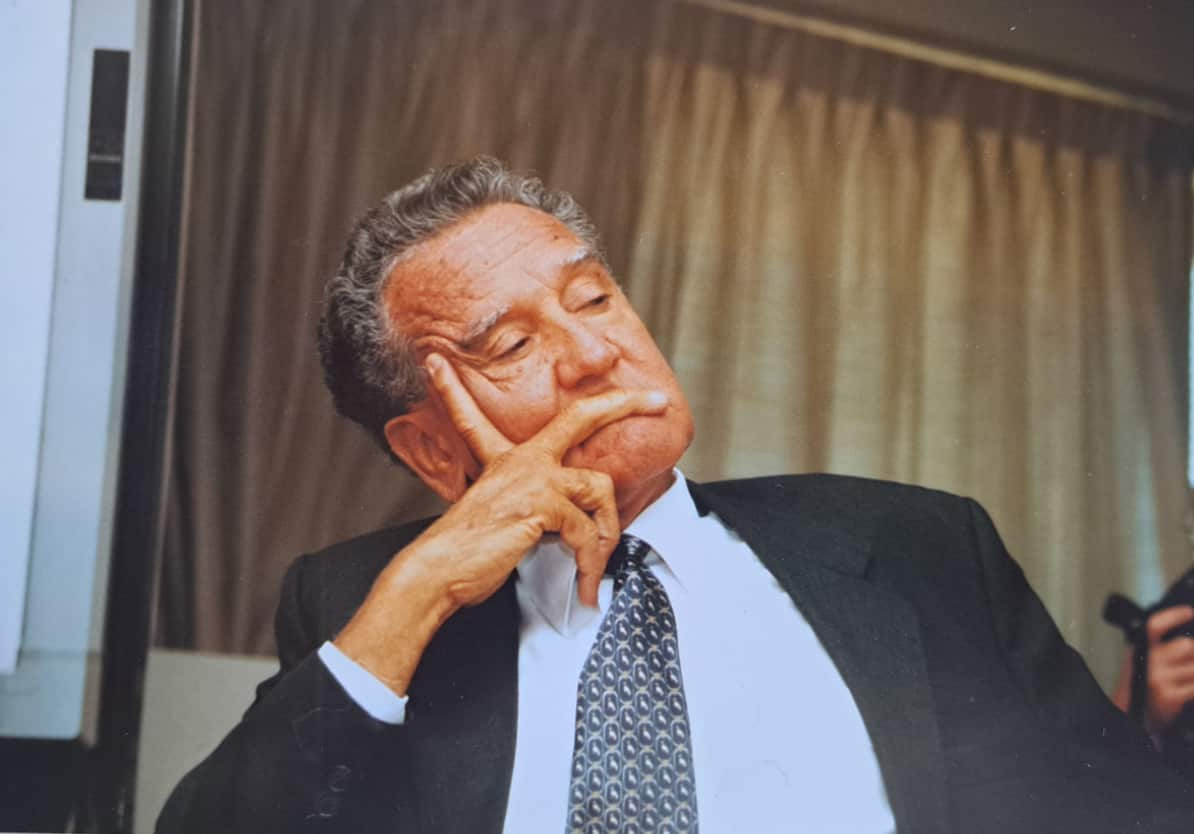
For decades, Charles Perkins combined Indigenous activism and public service into one. Source: Supplied
The Perkins children huddled together, standing side by side — stoic, proud, and with a quiet strength.



